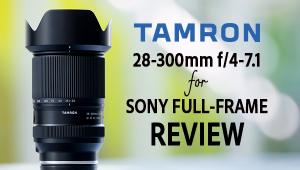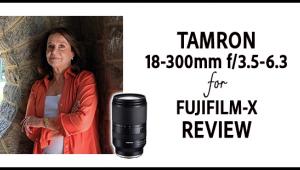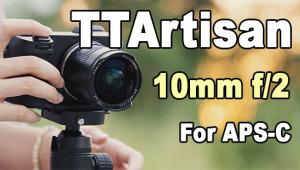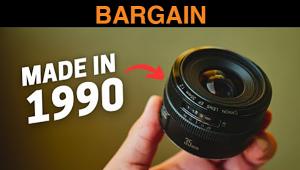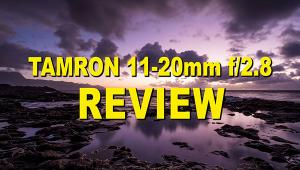Sigma 14-24mm F2.8 DG HSM Art Lens Review
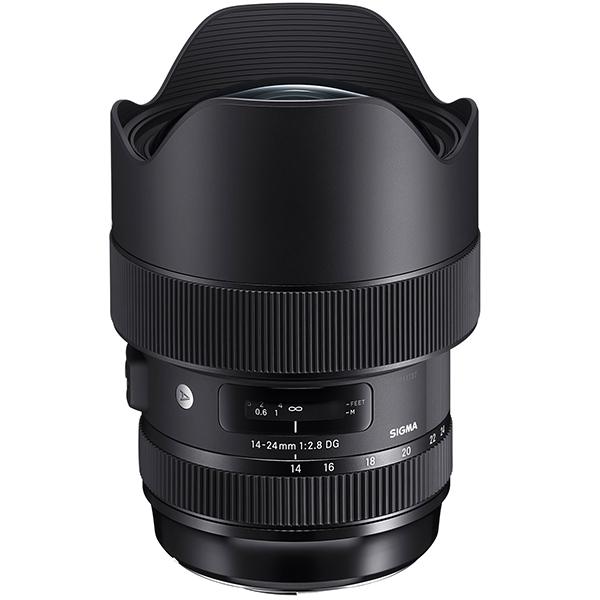

The specifications are impressive, but can a super-wideangle zoom with a super-fast f/2.8 aperture deliver the results pros and ardent amateurs demand?
The Sigma 14-24mm F2.8 DG HSM Art lens has the right combination of features to wake up the artist in any photographer. It truly is a handful of excitement.
Technical Description
The 2018 TIPA Award-winning Sigma 14-24mm super-wideangle zoom is a hefty (40-ounce) technical marvel that’s available in Sigma, Canon and Nikon mounts. Designed for full-frame DSLRs, it works with APS-C sensor cameras as well. Physical dimensions measure 3.8 x 5.3 inches.
The optical formula consists of 17 elements in 11 groups, including three FLD, three SLD and three aspherical elements. FLD glass is known to offer outstanding optical performance equal to fluorite. The rounded aperture diaphragm uses nine blades and delivers excellent bokeh. Antireflection and anti-ghosting lens coating is the Super Multi-Layer type. The aperture range is a jaw-dropping fast f/2.8 to f/22.
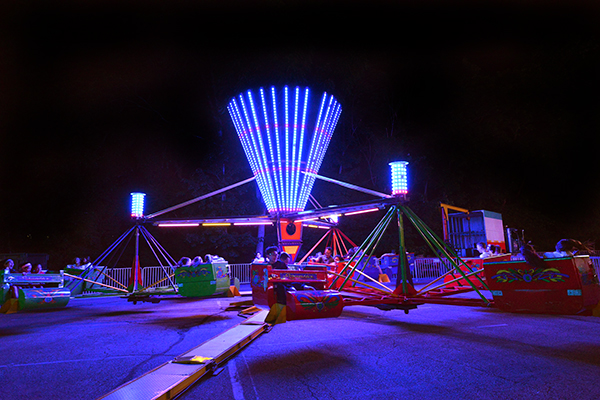
The maximum aperture is a constant f/2.8, so unlike typical kit-zooms, which darken as they zoom, the Sigma 14-24mm can be used wide open at f/2.8 at any focal length within the zoom range. Given that wideangles—particularly super wides like a 14mm—are well suited for shooting indoors in cramped confinements, this fast-fast aperture is a tremendous benefit.
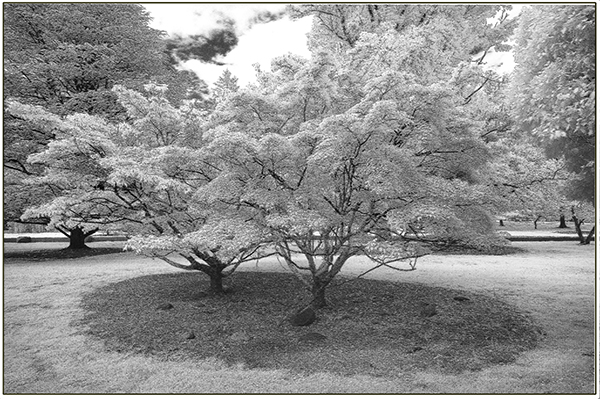
Quick and quiet Autofocus is driven by a Hyper Sonic AF Motor equipped with manual override. Minimum focusing distance is 10.2-inches and that unlocks many versatile applications where you may not have considered using a super-wideangle zoom in the past.
2018 TIPA Award: Best DSLR Wide Angle Zoom Lens
As briefly referenced above, the Sigma 14-24mm f/2.8 zoom is the 2018 TIPA Award winner in its category. TIPA, as you probably know, stands for Technical Image Press Association and is a highly regarded, totally impartial honor.
Powerful Zoom Range
Even if we set aside the huge benefits of the constant f/2.8 maximum aperture, the Sigma 14-24mm zoom is versatile and exciting because of the useful and creative range of focal lengths it covers. It’s a given that 24mm lenses are an important tool for any photographer, and extending the wideangle coverage to 14mm is nothing short of breathtaking. The Angle of Coverage is 114.2° to 84.1° and while most people cannot mentally visualize what that means, one look through the viewfinder shows you all you need to know.

If you’re looking for an even wider zoom range, Sigma also offers a 12-24mm f/4 super-wideangle zoom that I reviewed here. Deciding which is more important—the extra zoom range of the 12-24mm f/4 or the faster aperture of the 14-24mm f/2.8—is a delightful dilemma. Both lenses are superb and ideal in their own way. Having used both in a variety of situations, I lean heavily toward the faster f/stop. If I had any doubt along the way, it immediately disappeared when I did some night shooting at a local street carnival. The extra stop (which after all, does represent a 100% increase) led to more creative opportunities.
High Performance
If you’re looking for pincushion or barrel distortion, you won’t find it here, I’m happy to say. No lens is 100% distortion free, but the Sigma 14-24mm f/2.8 comes amazingly close when focused at infinity. In addition to delivering brilliant and sharp images on my full-frame Nikon D800, I found the lens to be rectilinear—straight lines are rendered as straight lines with no visible barrel or pincushion distortion. This is particularly remarkable because of the extreme wideangle focal length.
Historically, super wideangles tend to distort in one dimension or another. Part of the cause of apparent distortion is often the fault of the user. If you point a wideangle off-axis and upward, for example, straight lines are likely to bend and parallel lines might converge enough to make Einstein rethink his explanation of the Space Time Continuum. So proper use is important. That said, some lenses distort no matter how careful the user is. With the Sigma 14-24mm you start out with zero distortion, so any bent lines are your responsibility.
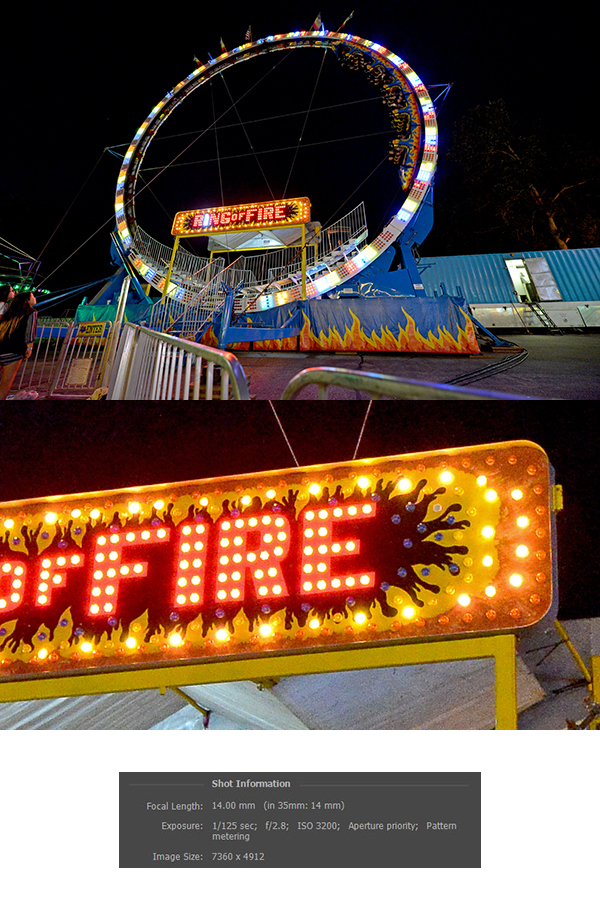
In the field I found sharpness, color rendition and contrast to be outstanding and consistent from shot to shot. Daytime performance in normal lighting conditions was excellent, but the real strength of this lens becomes obvious when shooting under low light or even dark conditions. As you can judge from the accompanying photos, the Sigma 14-24mm f/2.8 zoom delivered high quality images in every respect.
Build Quality
Sigma Art Lenses and this 14-24mm f/2.8 model in particular have a solid feel and operate smoothly. Tactile feedback tells you that you’re holding a precision instrument. The zoom ring turns easily with just enough resistance and the Hyper Sonic Motor (HSM) autofocus zips quietly and quickly as you compose. The lens mount is made of brass and is weather-resistant. Overall, the build quality is excellent.

Conclusion
I can think of any number of practical applications for the Sigma 14-24mm f/2.8 super wideangle zoom, from indoor real estate photography, to world travel, to close groups and weddings; but the creative possibilities are even more intriguing. The combination of a very wide 14mm focal length plus a very fast f/2.8 aperture and close-focusing distance of 10.2 inches suggests virtually unlimited artistic pursuits, including extreme street photography, abstract architecture and environmental portraiture.
Available in Canon, Nikon and Sigma DSLR mounts, the Sigma 14-24mm f/2.8 comes with a four-year warranty and has a street price of $1200. This lens can be purchased from your favorite camera specialty store. You’ll find a partial list of authorized Sigma retailers on the Sigma website.
—Jon Sienkiewicz
- Log in or register to post comments


